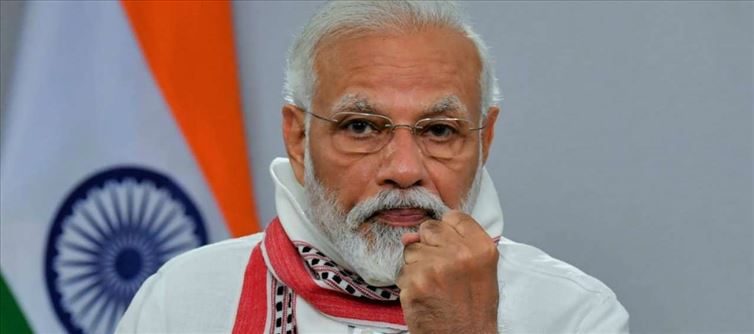
Every indian prime minister since Independence has dreamt of a self-reliant and self-sufficient India. The most recent to chant the mantra is narendra modi who prefers to call it Atmanirbhar Bharat, using some hindi gravitas to rescue the term from its tired english cliché. But as india completes 73 years of Independence, how different is the self-reliance that modi propounds from the one Nehru talked of when he took over as India’s first prime minister? Does it hark back to the era of license raj, import substitution and bank nationalization? Is it just some fancy new nomenclature for the modi government’s stillborn Make in india campaign? Or is Atmanirbhar Bharat, in its latest avatar, a soaring quest to liberate india from the woes of the Covid-19 pandemic, including an economy in free fall?
Modi and his key aides say there are plenty of differences between Atmanirbhar Bharat and the Nehru-Gandhi model of self-reliance. They are keen to first clarify what it is not. ravi shankar Prasad, who holds the important portfolios of law and justice, electronics and information technology and communications, told, “The Atmanirbhar Bharat Abhiyan (campaign) is clearly not india in isolation. It is not about an inward-looking India. The campaign is not against any country, it is just being India-positive.” amitabh Kant, the CEO of niti aayog, which is putting flesh to the bare bones of the Atmanirbhar campaign, adds, “It is certainly not about anti-globalization.”
Spelling it out in his address to the nation on May 12, modi enumerated, “This magnificent building of self-reliant india will stand on five pillars. The first pillar is the economy where we will ensure a quantum leap rather than incremental change. The second is building infrastructure fit for a modern India. Third will be an emphasis on technology-driven systems that fulfl the dreams of the 21st century and not the past century. The fourth is our vibrant demography, which as the world’s largest democracy will be our source of energy for a self-reliant India. And the fifth will rest on growing economic demand, and to meet it, our supply chain needs to be empowered.”




 click and follow Indiaherald WhatsApp channel
click and follow Indiaherald WhatsApp channel